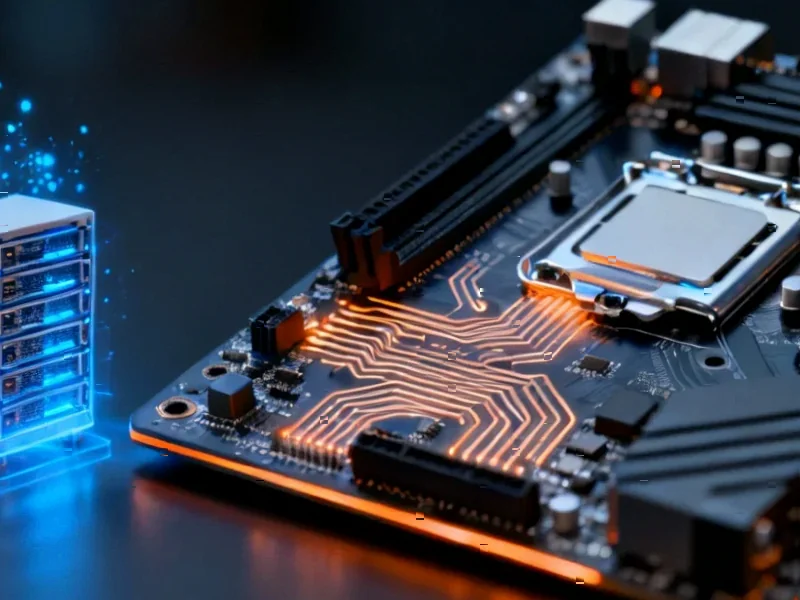According to Fortune, OpenAI CEO Sam Altman expressed frustration with critics during a podcast interview, stating he sometimes wishes the company were public so detractors could short the stock and “get burned.” Altman revealed that OpenAI’s revenue exceeds the reported $13 billion figure and confirmed the company’s valuation reached $500 billion after a recent secondary share sale. He pushed back against investor Brad Gerstner’s questioning about revenue versus the company’s $1.4 trillion computing infrastructure commitment, offering to find buyers for any skeptical shareholders. Despite recent restructuring as a for-profit public benefit corporation, Altman clarified there’s no specific IPO timeline, contradicting reports of a 2026-2027 public offering at $1 trillion valuation. This comes amid ongoing public disputes, including recent exchanges with Elon Musk about OpenAI’s nonprofit origins.
Why OpenAI’s Private Status Is Strategic Gold
The tension between Altman’s occasional public market fantasies and OpenAI’s deliberate private status reveals a sophisticated corporate strategy. Private ownership allows OpenAI to pursue ambitious, capital-intensive AI development without quarterly earnings pressure or public market scrutiny. The company’s recent restructuring as a public benefit corporation creates a hybrid model that maintains mission focus while enabling massive capital raises—something traditional public companies struggle with when pursuing decade-long research horizons. This structure has proven remarkably effective, with OpenAI’s valuation skyrocketing from $157 billion to $500 billion in under a year through private funding rounds and secondary sales.
The Ripple Effects Across AI Investment
OpenAI’s sustained private status creates a fascinating dynamic in the competitive AI landscape. While public companies like Google and Microsoft face constant market pressure, OpenAI can operate with unprecedented freedom—investing $1.4 trillion in computing infrastructure without explaining the timeline to public shareholders. This creates a competitive moat that public competitors cannot easily match. The company’s ability to attract private capital at staggering valuations also sets a benchmark that pressures other AI startups to stay private longer, potentially delaying the wave of AI IPOs that many investors anticipated. We’re seeing a fundamental shift where the most valuable AI assets may remain private for much longer than traditional tech companies.
The Economics Behind Altman’s Critic Frustration
Altman’s desire to see critics “get burned” through short selling reveals an important economic reality: OpenAI’s business model fundamentally challenges traditional valuation metrics. When a company commits to $1.4 trillion in infrastructure spending against $13+ billion in current revenue, conventional analysis breaks down. The public disputes with Musk and other critics often stem from this valuation disconnect. What looks like excessive spending to traditional analysts represents necessary infrastructure for what could become the world’s most valuable platform. Altman’s frustration reflects the challenge of explaining platform economics to investors accustomed to software margin models.
The Real Timeline for Public Markets
Despite the recent restructuring that theoretically enables an IPO, OpenAI’s public market debut remains distant for strategic reasons. The company’s response to Musk’s criticism about its nonprofit origins highlights the ongoing identity crisis that must be resolved before public offering. More importantly, OpenAI needs to demonstrate clearer monetization pathways for its massive infrastructure investments. The consumer device business Altman mentioned represents just one of several potential revenue streams that need maturation before public markets would properly value the company. Realistically, we’re looking at 2028-2030 before OpenAI considers public markets seriously—and only after establishing multiple billion-dollar revenue streams beyond ChatGPT.
How This Shapes the Broader AI Ecosystem
OpenAI’s approach creates both opportunities and challenges across the technology sector. The company’s ability to raise private capital at $500 billion valuation validates the entire AI investment thesis, boosting funding availability for competitors. However, it also sets unrealistic expectations for early-stage AI companies and could create a valuation bubble in private markets. More importantly, OpenAI’s sustained private status means public market investors have limited exposure to pure-play AI leadership, forcing them into secondary plays like chip manufacturers and cloud providers. This dynamic may persist for years, creating a two-tier investment landscape where the most transformative AI companies remain accessible only to institutional and accredited investors.




